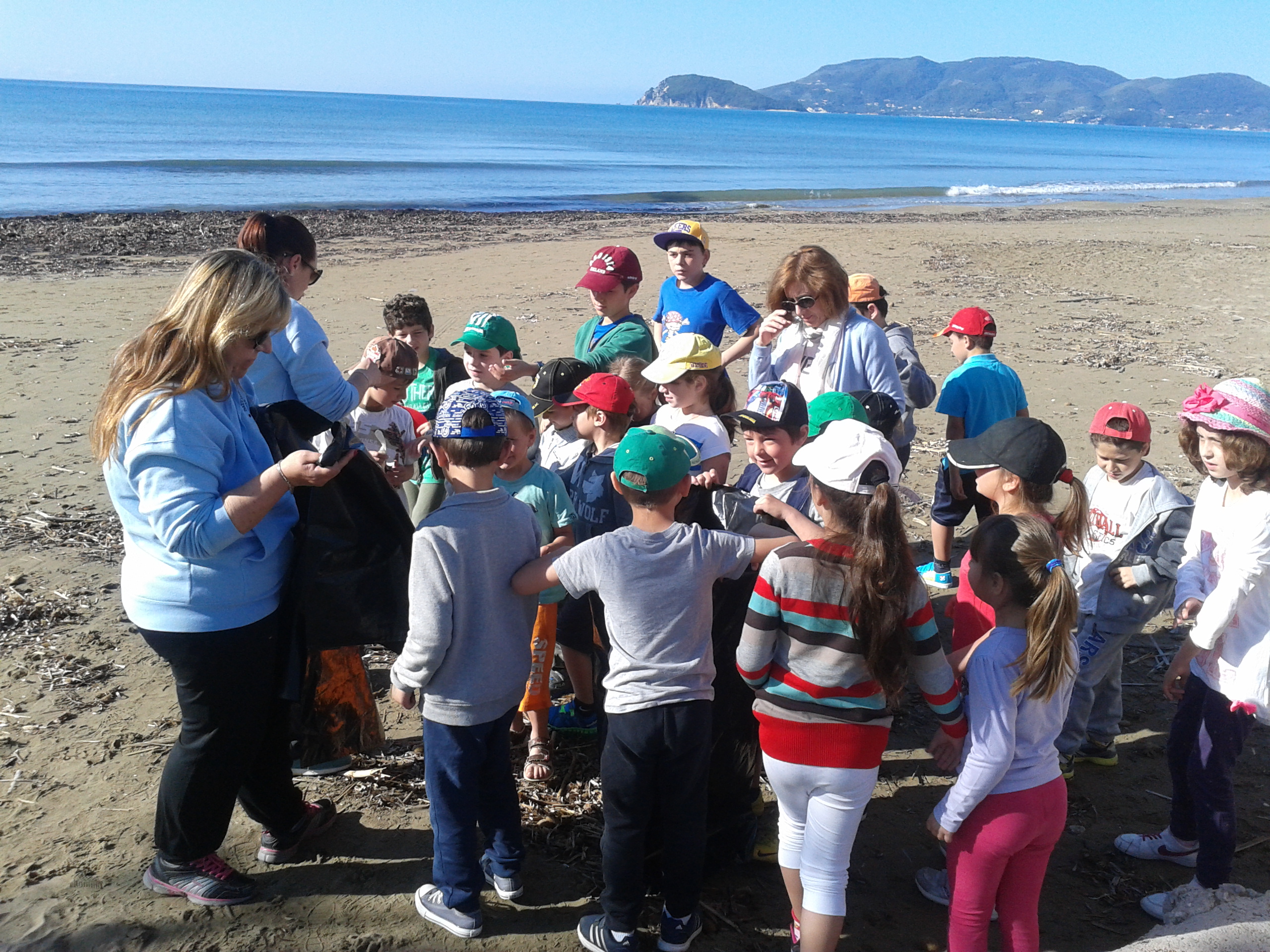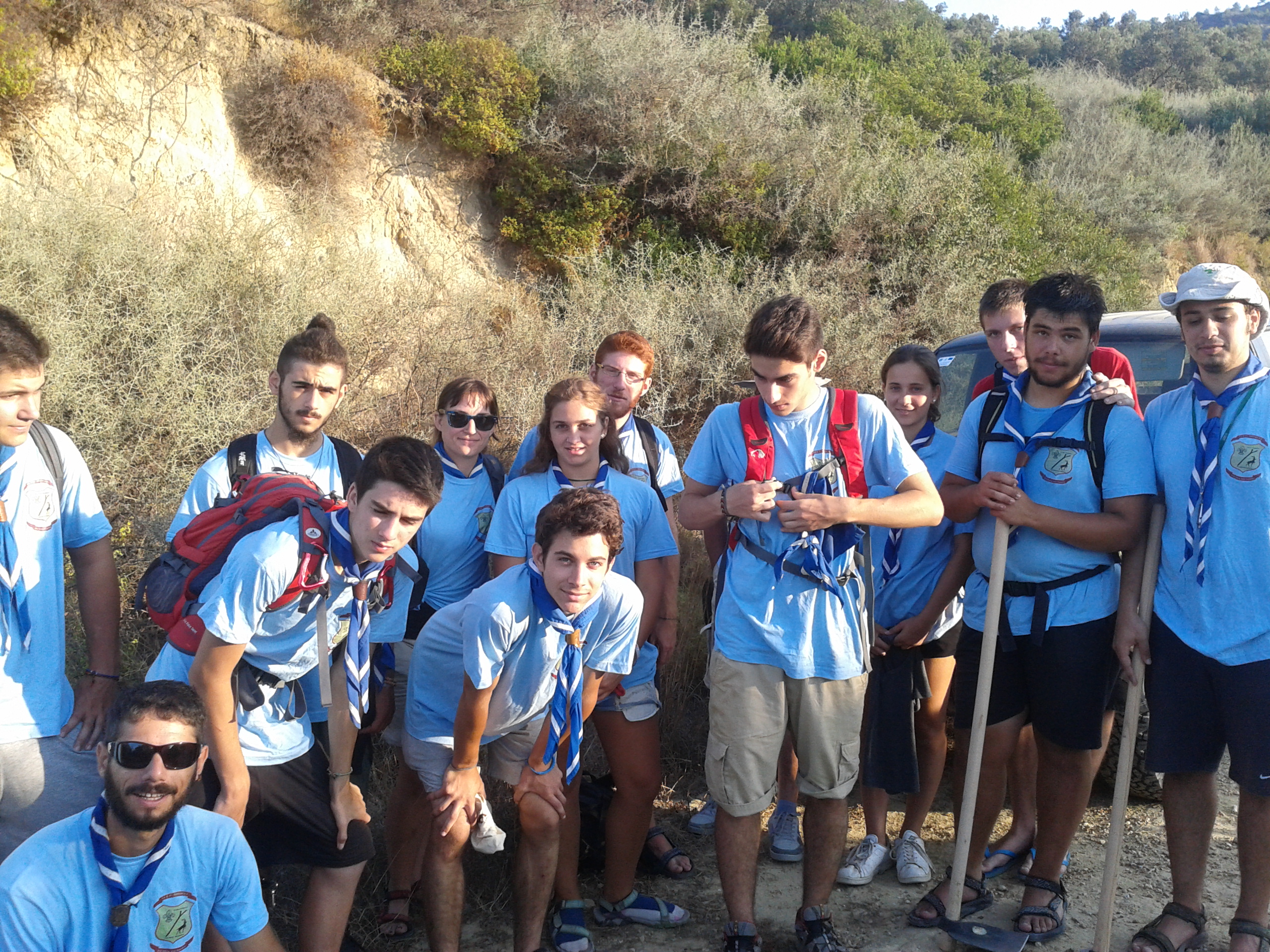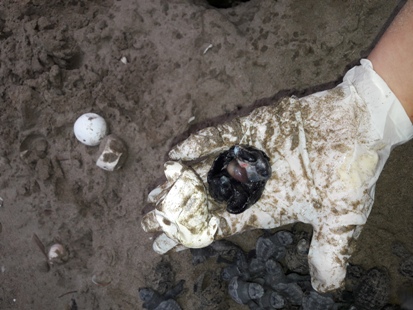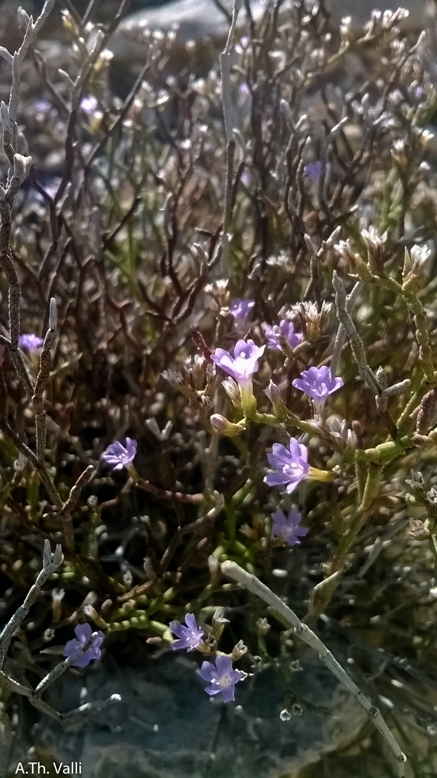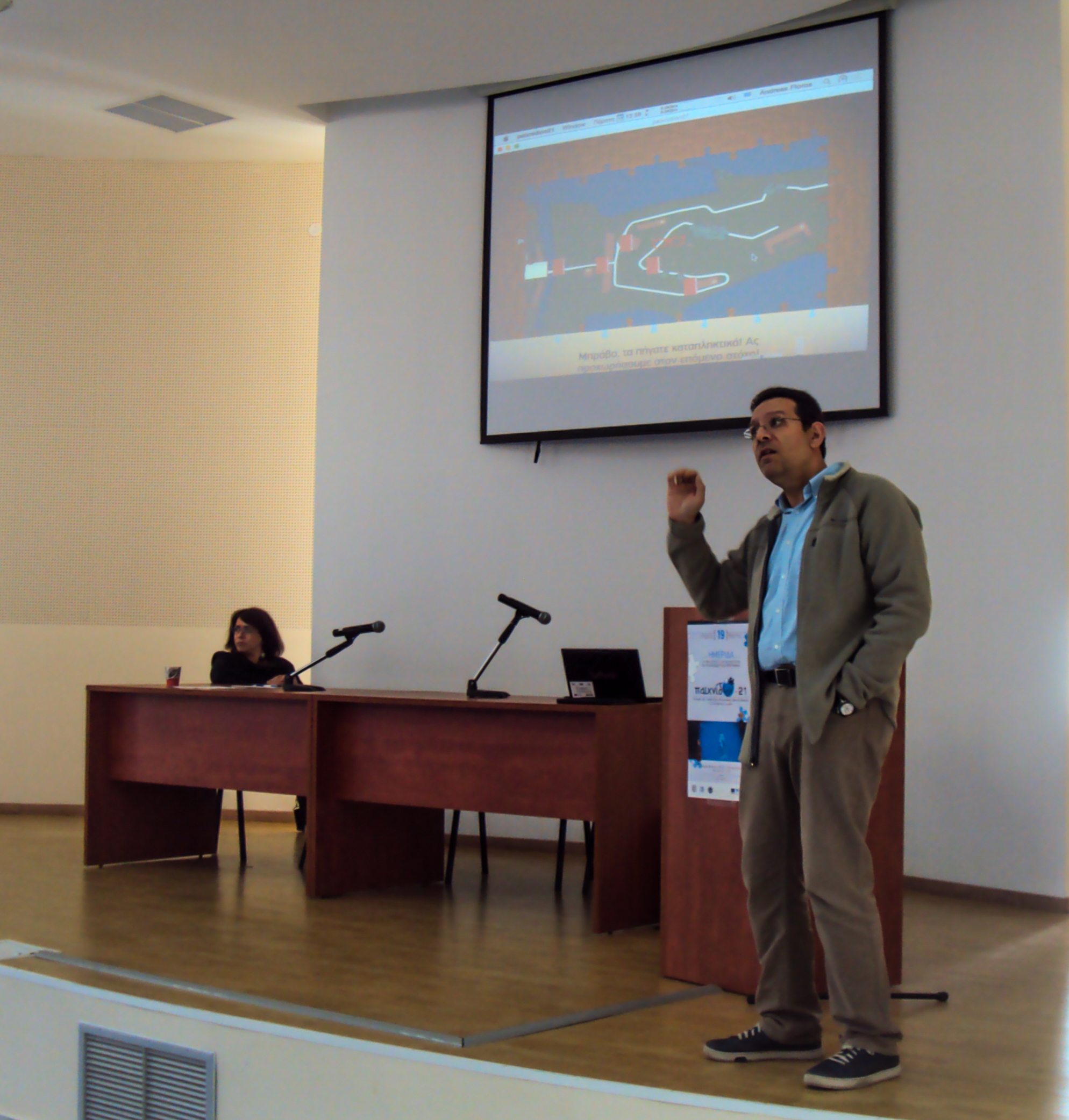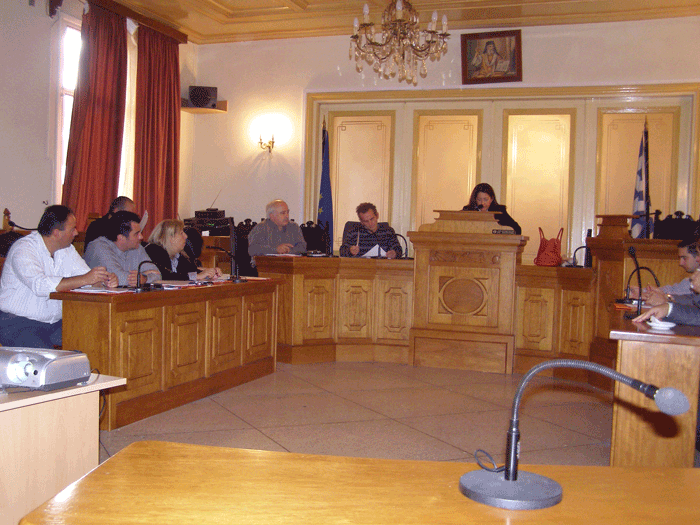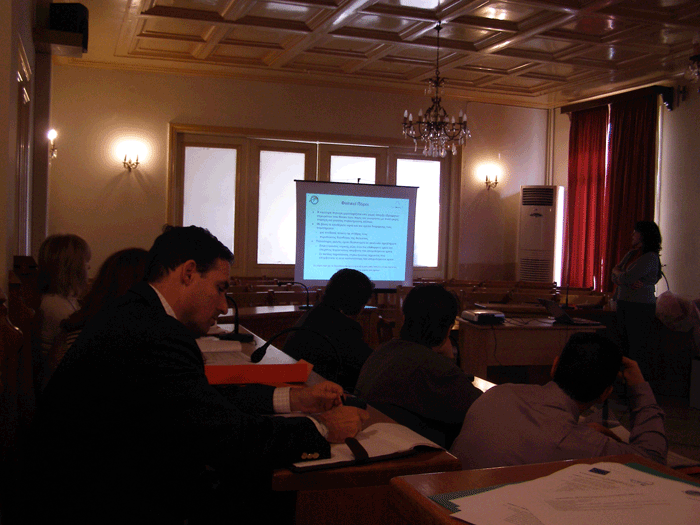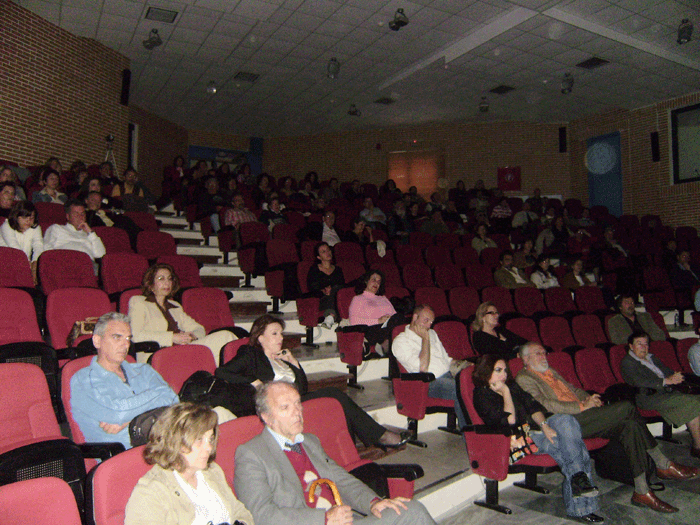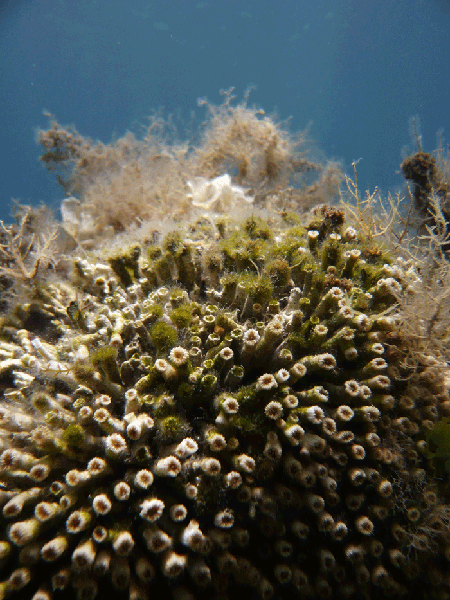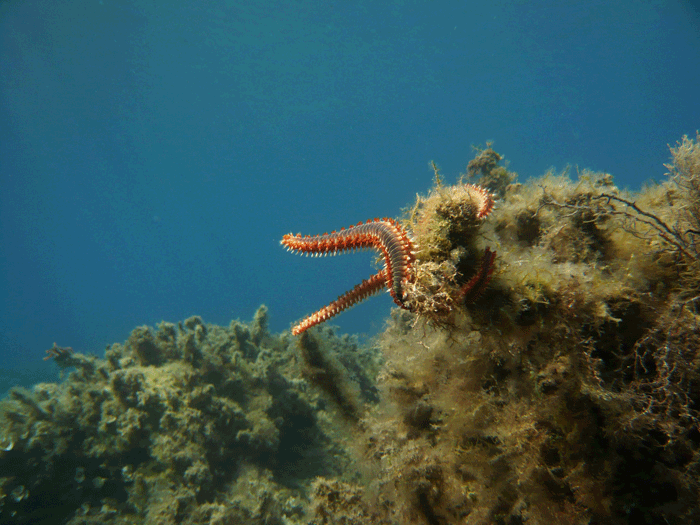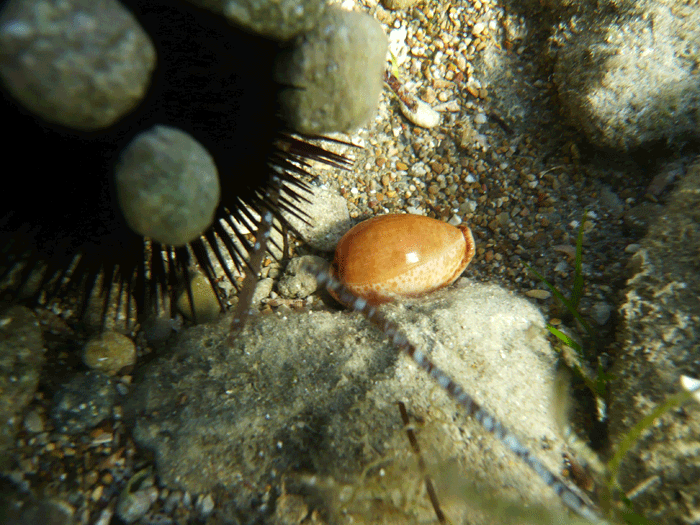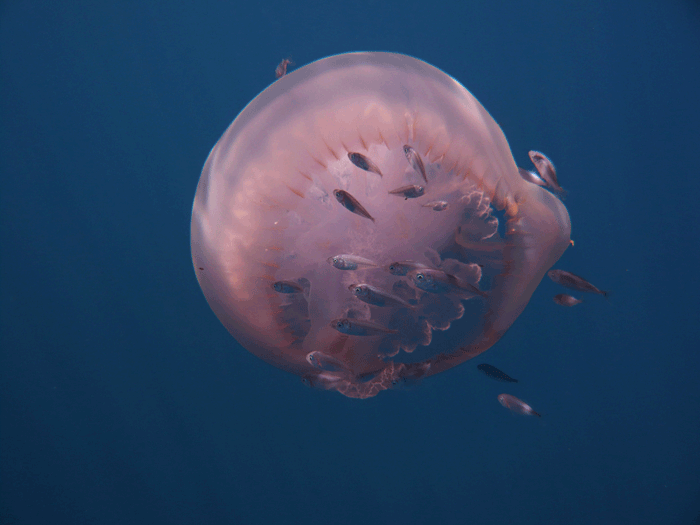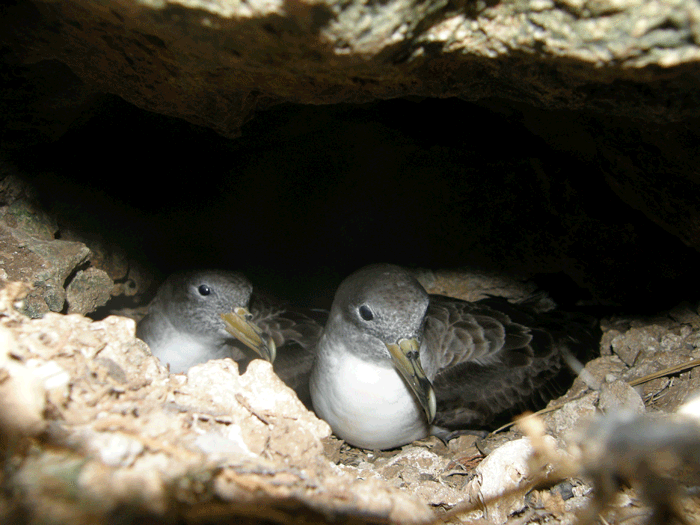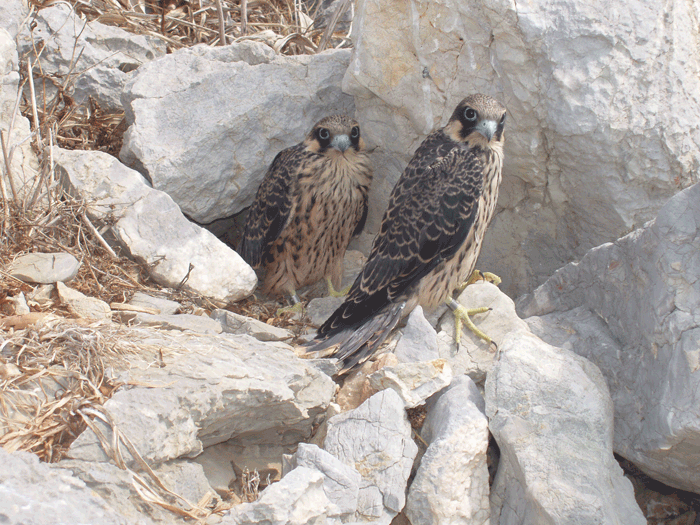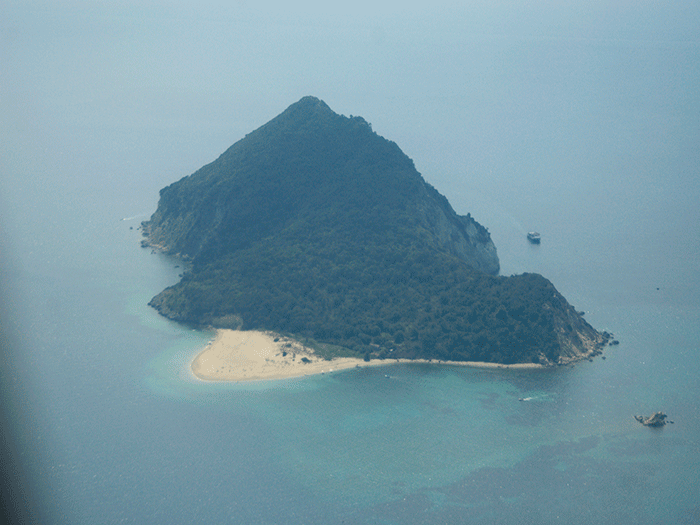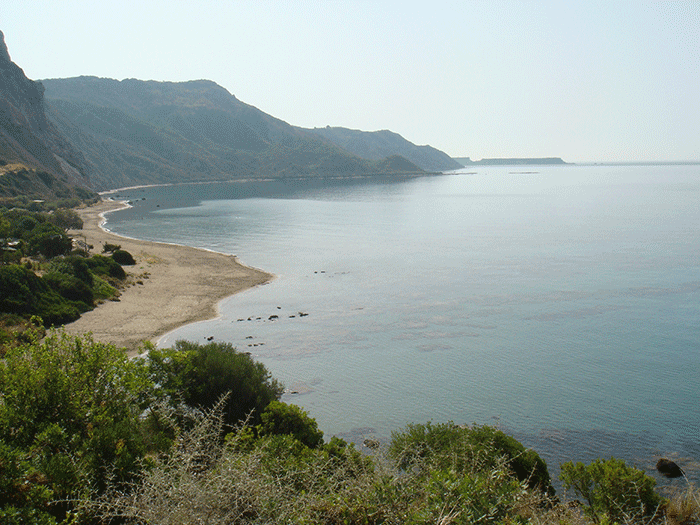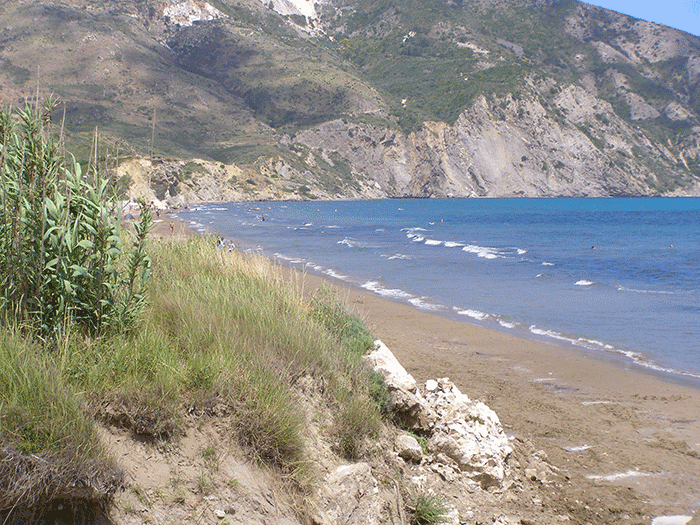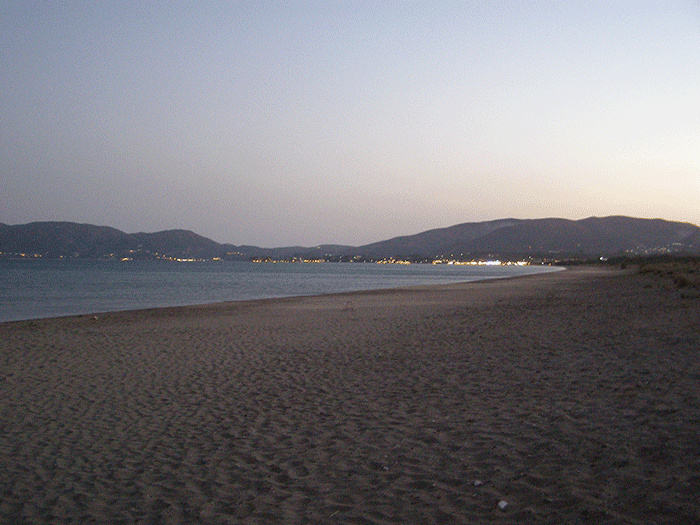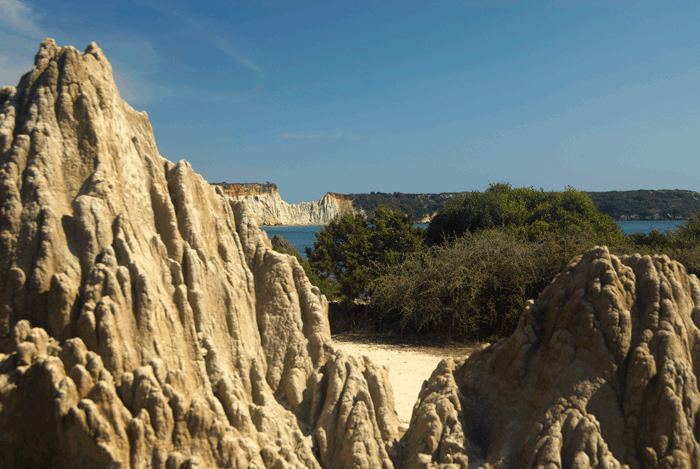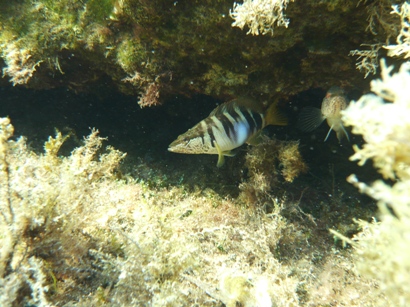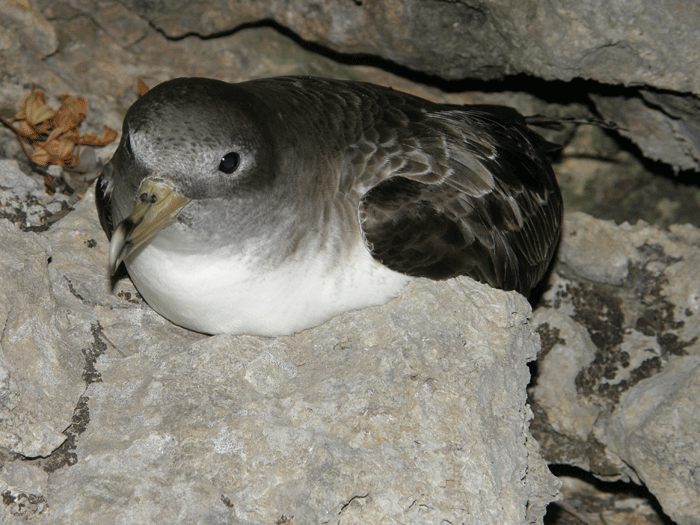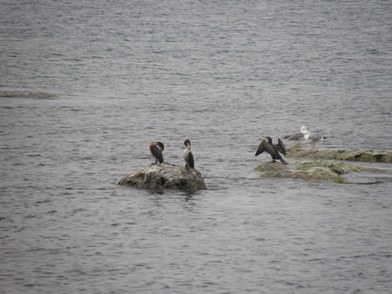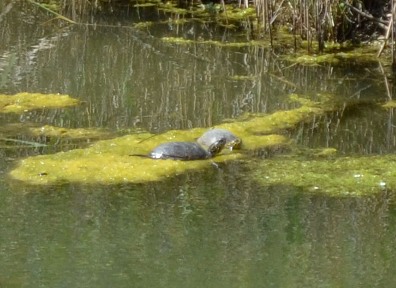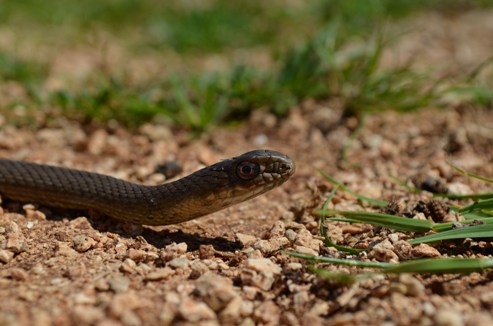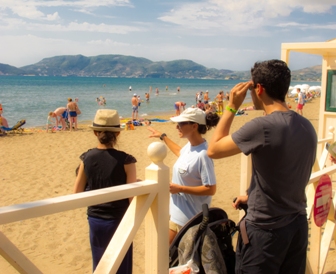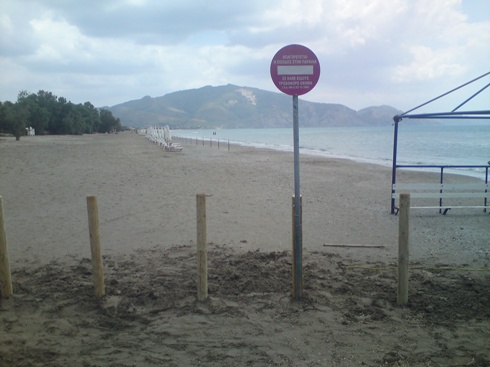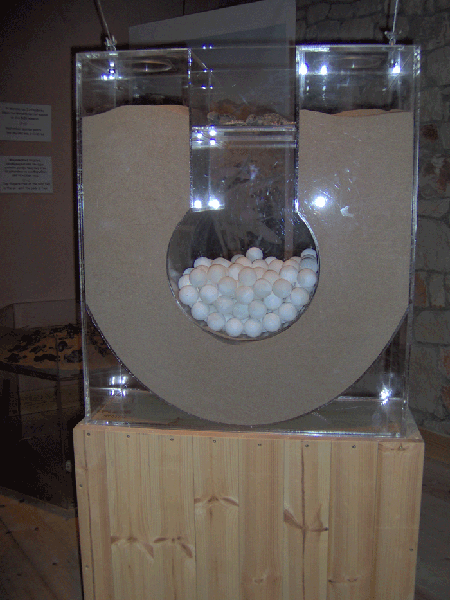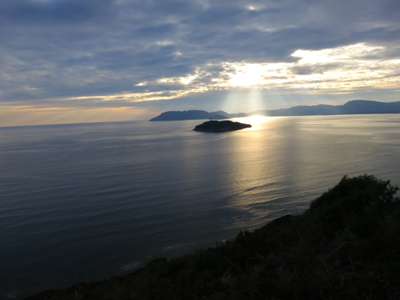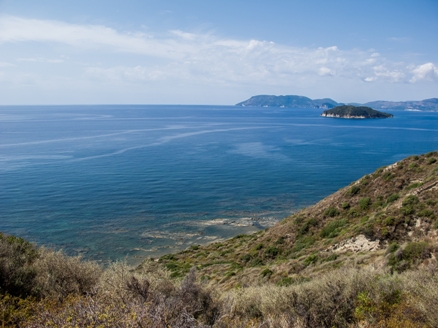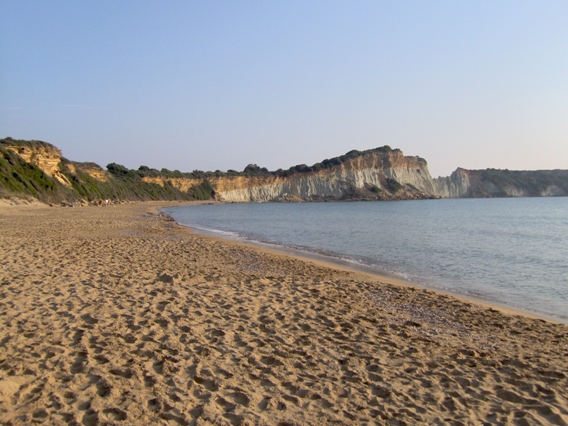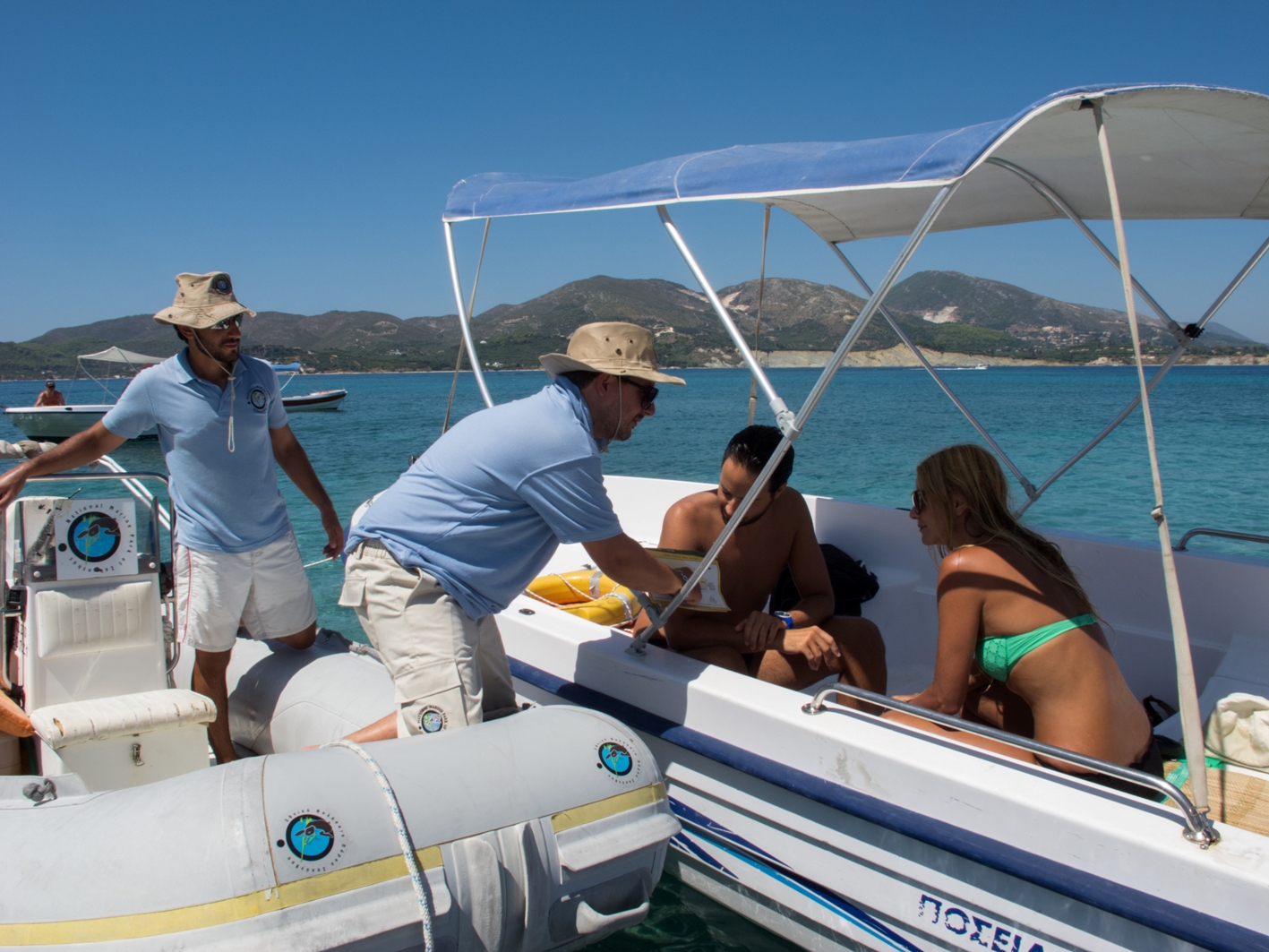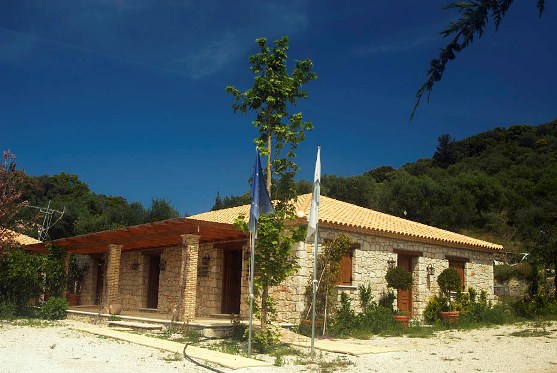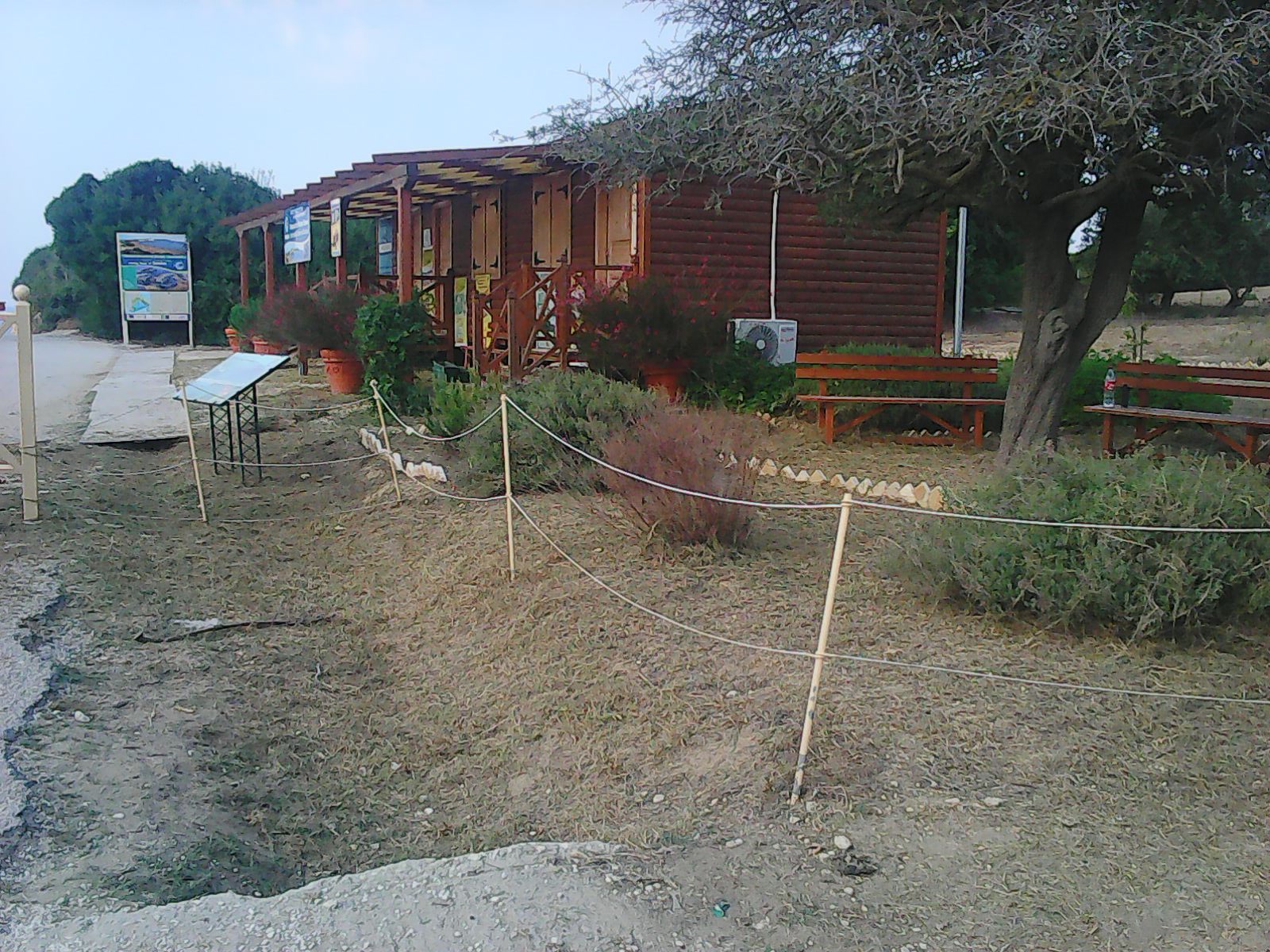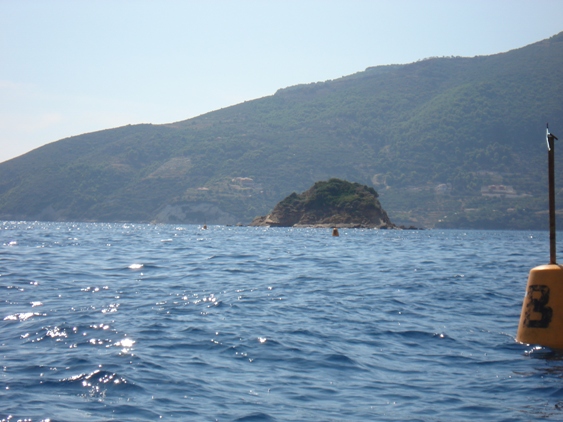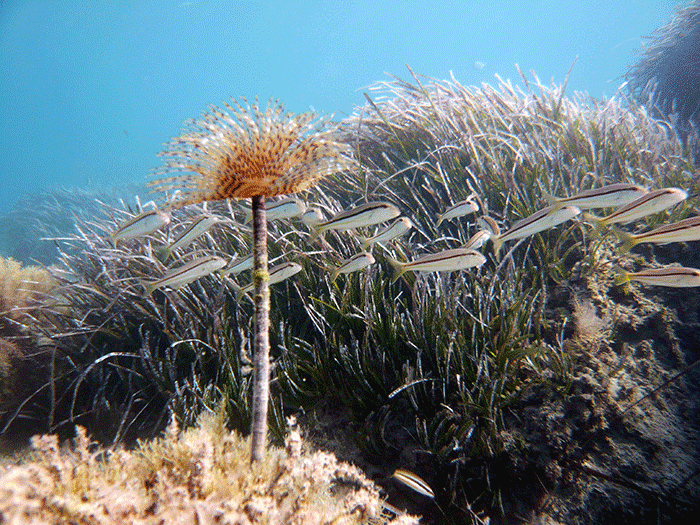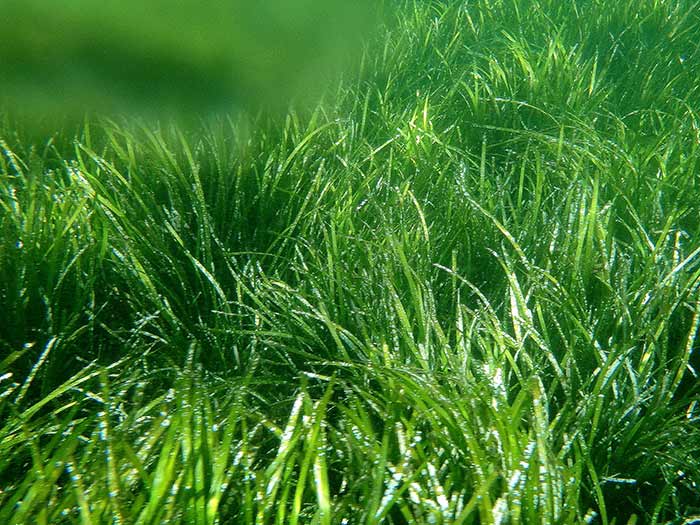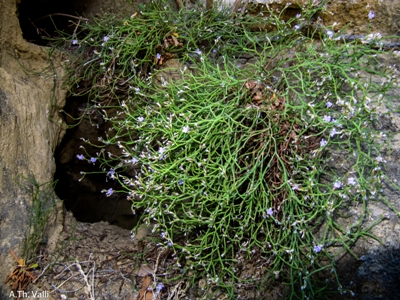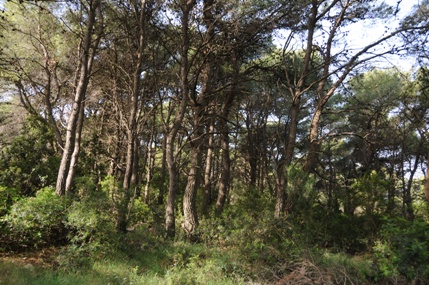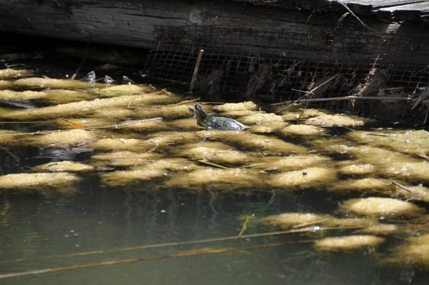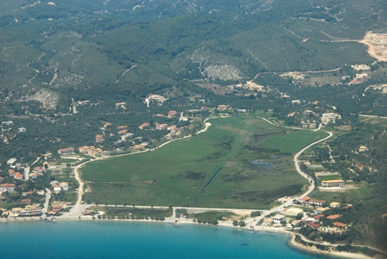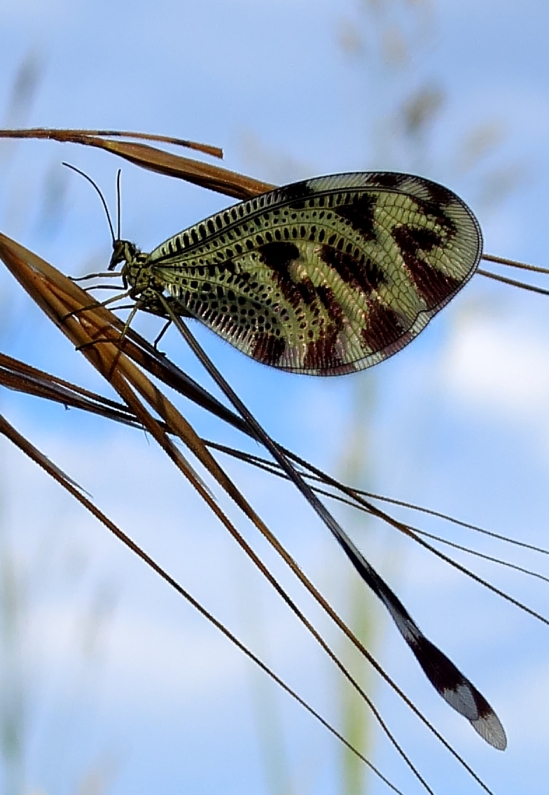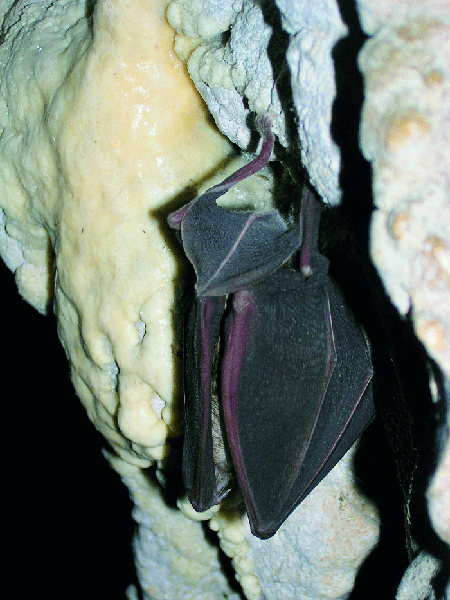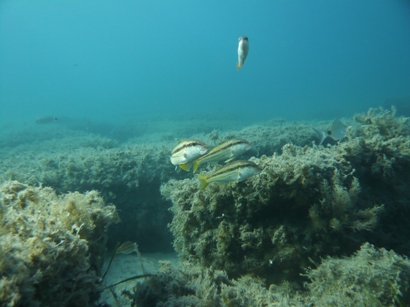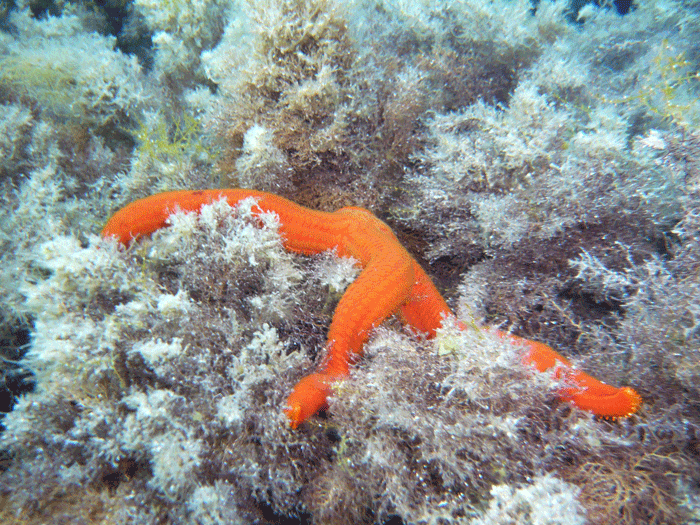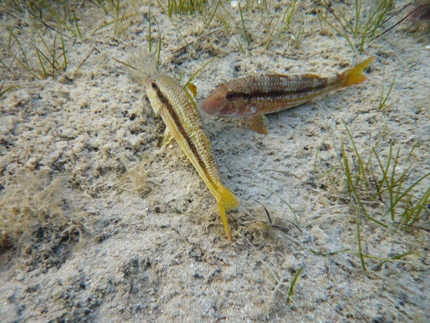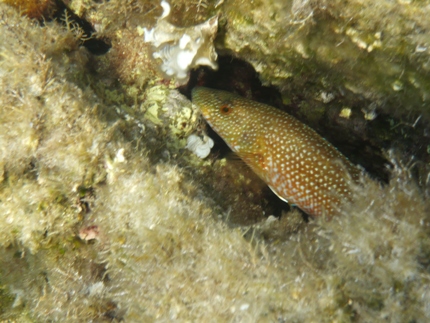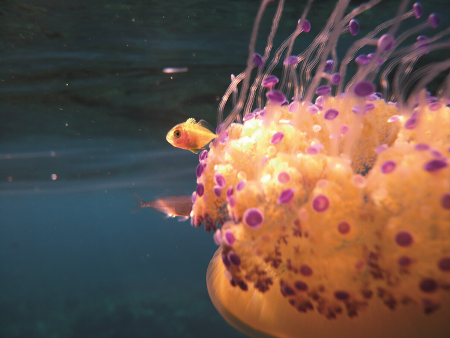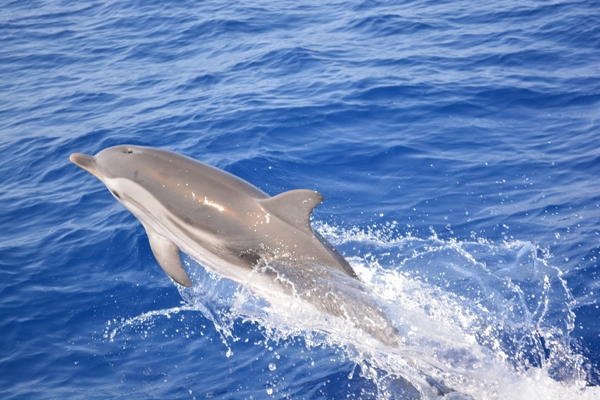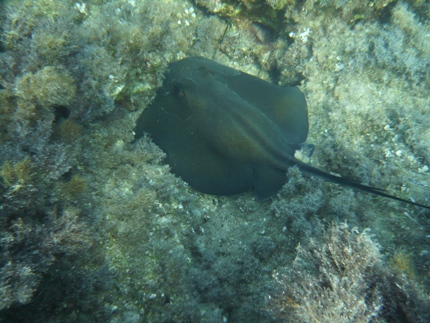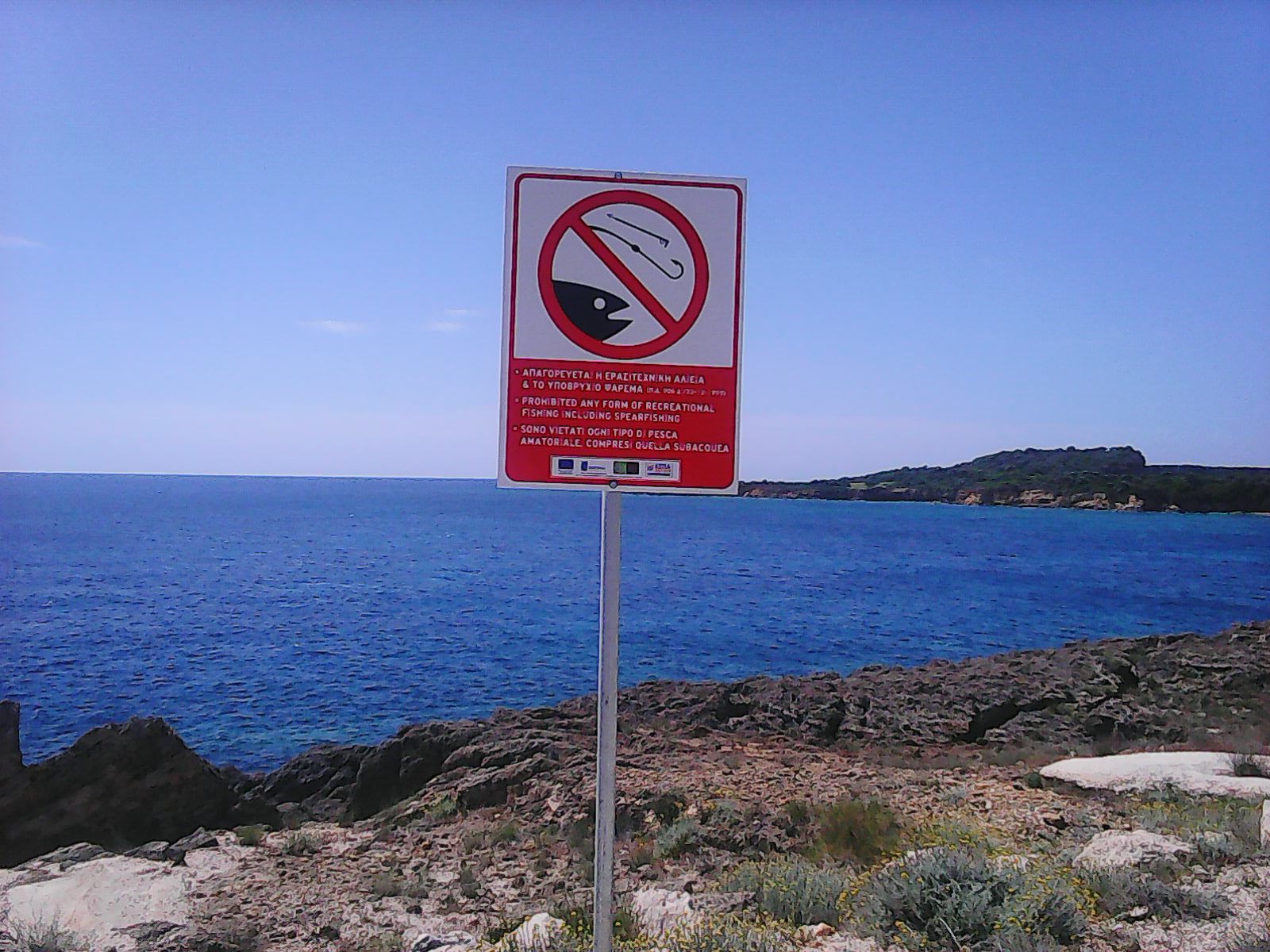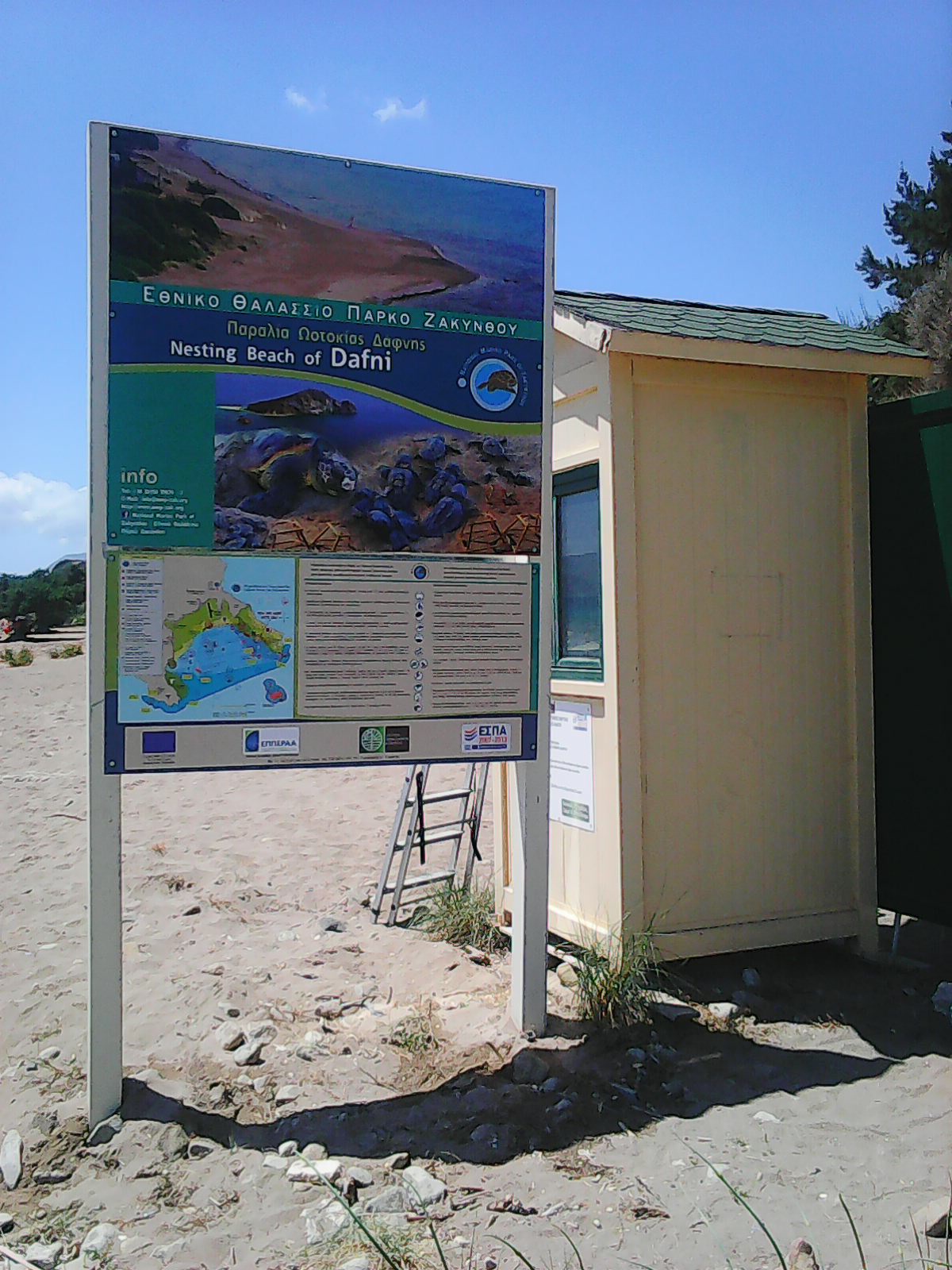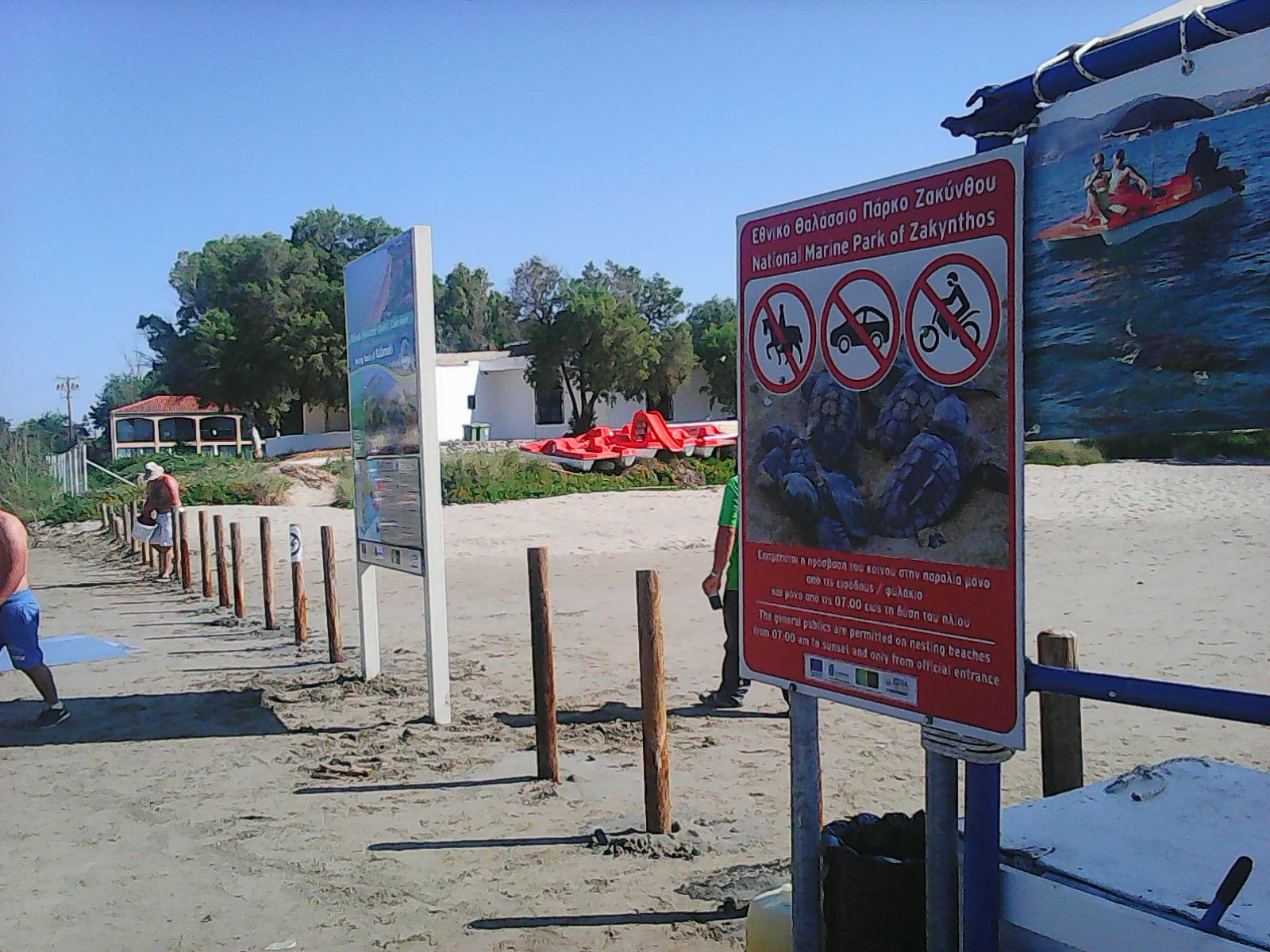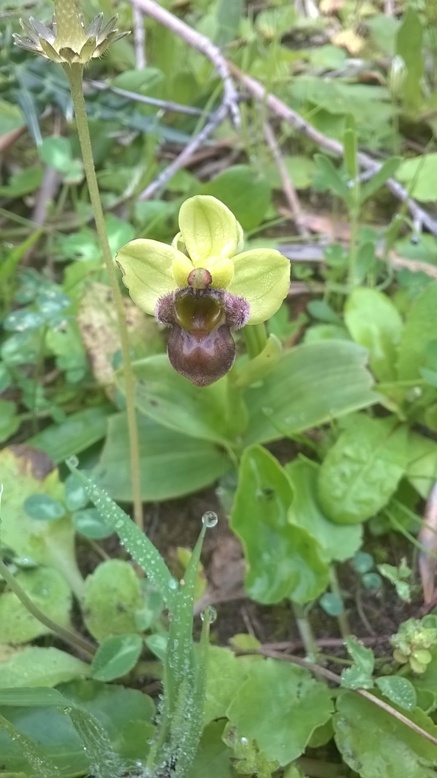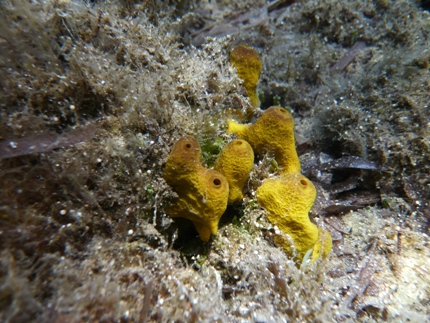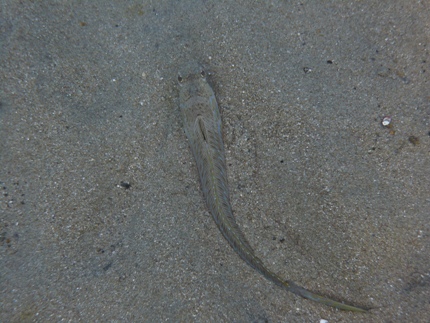Results of the MPA Engage program
MPA ‐ Engage is a project funded by the Interreg MED program with a budget of 3 million euros in which the Management Agency of the National Marine Park of Zakynthos (NMPZ) participated as a partner. The program aims to support Marine Protected Area (MPAs) administrators in tackling the effects of climate change in the Mediterranean Sea and to implement adaptation and mitigation actions.
Within the framework of MPA-Engage, vulnerability assessments were made and action plans were developed in order to mitigate climate change and adapt them to 7 MPAs, located in 6 Mediterranean countries. These areas are: Brijuni in Croatia, Cap de Creus in Spain, Calanques in France, Zakynthos in Greece, Karaburuni in Albania, Portofino and Tavolara Punta Coda Cavallo in Italy.
The MPAs that participated in the MPA-Engage project, for the climate change impact assessment implemented in total 11 standard monitoring protocols. These tools are designed to provide basic information on the main categories of indicators related to climate change, which are: i) temperature conditions, ii) changes in species distribution, iii) episodic events, and iv) changes in phenology. The indicators were selected on the basis of their scientific relevance, feasibility and cost-effectiveness, while covering key habitats of the Mediterranean.
The standard protocols that were implemented in the Protected Area of the National Marine Park of Zakynthos (NMPZ) and their results are presented below:
- LEK 1 - Exploring Local Ecological Knowledge to reconstruct historical changes
For the implementation of the first protocol (LEK-1), interviews were conducted with 20 professional fishermen of Zakynthos and data which have been gathered for over a decade by the Managing Authority of the NMPZ were collected in order to record the fluctuations of species catches over time and estimating the trend of fish fauna. The results showed that fish species that are sensitive to temperature changes such as S. Salpa tend to become extinct, while populations of thermophilic and invasive species such as black saliva (S. Rivulatus), german (S. Luridus) and the lionfish (P. Miles) have grown significantly.
- Fish visual census
For the implementation of the second protocol, staff of the Management Agency of the NMPZ carried out diving and visual fish census in 7 locations within the Protected Area. Results of the census showed significant changes in the distribution of species, a fact that indicate that the climate in the area of the NMPZ is in a state of transition from typical Mediterranean to tropical. More specifically, the situation in 71% of the locations within the Protected Area of the NMPZ was assessed as "tropicalized" and as "highly tropicalised" in the remaining 29%, as shown in the picture below.
- FAP - Fast assessment Pinna nobilis conservation status
The noble pen shell (Pinna nobilis) is an endangered species, threatened by marine pollution and illegal fishing as well as by the appearance of the parasite Haplosporidum pinnae, which first appeared in 2016 off the coast of Spain and is killing pinnacle populations en masse. For the implementation of the protocol, dives were carried out by the personnel of the Management Agency of the NMPZ during which a census of the living and dead individuals was made. Results showed that the species has now disappeared from the area of the NMPZ, as no live individuals were identified in 2021, in contrast to a small number of living individuals identified in 2019.
Finally, in the framework of the MPA-Engage program, a guide was implemented in order to confront the effects of climate change in the Marine Protected Area of Zakynthos.
Climate change and its effects can directly or indirectly affect all sectors of tourism and businesses operating in this field (tour operators, hotel units, transportations, tours, diving tourism, fishing tourism, etc.). Some of its effects are presented in the table below.
|
Impact |
Tourism implications |
|
Warmer temperatures |
Altered seasonality, heat stress, cooling costs, infectious diseases |
|
Increasing frequency and intensity of extreme storms |
Risk for tourism facilities, insurance costs, business interruption |
|
Changes to precipitation and evaporation (especially during the summer months) |
Water shortages, desertification, competition for water |
|
Increased heavy precipitation |
Flooding damage, altered seasonality |
|
Sea level rise |
Coastal erosion, loss of beach area, costs to maintain and protect sea defences and waterfronts |
|
Sea temperature rise |
Coral bleaching, marine resource degradation in tourism destinations |
|
Changes in biodiversity |
Loss of natural attractions |



